Rhinoplasty
The following information sheet is intended to assist patients undergoing rhinoplasty surgery with Dr Nicholas Lotz.
-
Patient Information
Fact Sheet
-
Tags
Rhinoplasty
rhinoplasty-nose-surgery-icon-2
Rhinoplasty is a common surgical procedure designed to restore the shape of your nose after an injury, or as a purely cosmetic procedure if you wish to change the way it has developed.
Irregularities which are seen on the outside of the nose, such as a bent or twisted nose, will often also result in the airway being impeded, and fixing the shape of the nose can improve your airway at the same time.
Many patients are self-conscious of the appearance of their nose, particularly when they see themselves in photographs. Changing the appearance of the nose can bring it more into harmony with the rest of your face.
Common reasons for rhinoplasty include:
- To straighten a crooked nose
- To reduce a hump on the nose
- To reduce the size of a large nose
- Narrowing the width of your nose
- To improve symmetry of the tip of the nose
- Restoring balance in the size of different parts of your nose
- To improve the breathing
- To correct a previous rhinoplasty with an unsatisfactory result
Rhinoplasty surgery is performed by both Plastic Surgeons and ENT Surgeons. It is important to make sure that your surgeon is qualified as this can be difficult surgery. Dr Lotz has performed a large number of rhinoplasties, and he also performs combined surgery with ENT colleagues if they are performing surgery to correct a patients’ airway but are not happy with altering the shape of the nose themselves.
Dr Lotz has a specific interest in surgery to improve the appearance of the nose. During your consultation he will spend time with you to help understand which parts of your nose you would like changed and to give you an idea of what may be achieved from the surgery.
Previous injury to the nose
If the surgery is to be performed due to a previous injury to the nose, or if you have problems breathing, then a Medicare item number may apply, which means that some of the surgical and anaesthetic fees plus the hospital stay may be covered by Medicare and your Health Fund. Dr Lotz will be able to provide you with an exact quotation for surgery following your consultation.
Before the
surgery
During your initial consultation, Dr Lotz will spend time with you discussing your general health, current concerns about your nose, and what you would like to achieve from the rhinoplasty surgery.
All patients have slightly different requirements, and will require surgery to be tailored to their needs. Dr Lotz will explain in detail what is required in your case, and the relevant risks and expected recovery will be discussed. You will be shown photographs of other patients who have undergone similar rhinoplasty surgery, so you have an idea what to expect with respect to results.
You will be sent an information pack further explaining the procedure, along with a detailed, personalised quotation which explains all the relevant costs pertaining to the procedure as well and any heath fund or Medicare rebates applicable.
It is important that you stop any blood thinning medications at least 10 days prior to surgery in order to reduce the risk of bleeding.
You should also cease smoking a month before and a month after your surgery to reduce the risk of skin healing problems.
You will have a second consultation a week or two prior to your surgery to answer any final questions you may have, and photographs will be taken to aid planning your rhinoplasty surgery.
The surgery
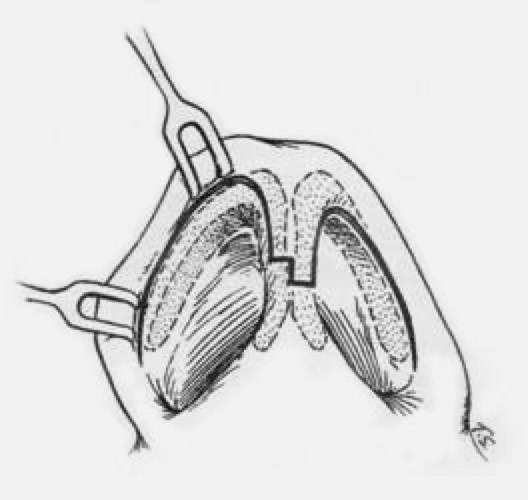
rhinoplasty-incisions-dr-nicholas-lotz-2
Dr Lotz always performs rhinoplasty under general anaesthetic, in an accredited hospital with a qualified anaesthetist. Depending on what is involved with the surgery it may be performed as a day stay procedure, or it may involve an overnight hospital stay. The length of the surgery is one and a half to three hours, depending on the complexity of the case.
Surgical procedure
The incisions for rhinoplasty usually involve a small scar across the skin between the nostrils, with the rest of the incision being hidden inside the nostrils. This allows the skin to be lifted up to easily visualise the parts of the nose which require alteration. This is known as an “open” rhinoplasty, whereas a “closed” rhinoplasty is all done through incisions inside the nostrils.
The advantage of the open technique and the better visualisation it provides is that the revision rate for surgery is much lower. The scar on the columella (the skin between the nostrils) is usually practically invisible in a few of weeks.
During the surgery the specific issues relating to your nose will be addressed. Humps on the nose are reduced, asymmetries are corrected, and the nasal cartilage is shaped to achieve the changes that you desire. At the same time the septum (the wall inside the nose between the two nasal airways) and be straightened and have any bony spurs removed, with the aim of improving your airway.
Often some of the cartilage removed from the septum is used to provide additional support within the nose to prevent it collapsing. In cases of revisional rhinoplasty, where there is not enough cartilage remaining in the nose, or it has been destroyed by previous surgery, you may need to have some rib graft taken to provide support to rebuild your nose. In some cases, cadaver rib is used (similar to the way tendon transplants can be used to rebuild your knee ligaments). If this is a possibility it will be discussed during your consultation.
Dr Lotz does not routinely use packs inside the nose following a rhinoplasty as patients find them very uncomfortable. If a nose has been extremely deformed, then sometimes there may be some plastic airway splints remaining inside the nose for the first few days after the surgery.
A plastic external splint (similar to a plaster) will be placed on the outside of the nose at the end of the surgery to help prevent swelling.
After the surgery
Post-operative recovery
Dr Lotz will visit you in the hospital the morning after the surgery before you are discharged. Rhinoplasty is not usually too painful, but you will be given pain medications and antibiotics to go home with, as well as a detailed instruction sheet.
Follow-up
You will be seen in the consultation rooms a week following the surgery. At this time, the small plaster on the nose will be removed after a week, as will any stitches. Note that the stitches inside the nostrils are all self-dissolving and will not need to be removed. You will then have some skin coloured tape applied to the nose for another week to help control any swelling. You will be able to shower normally now that the plaster has been removed.
Rest and Recovery
There will be some bruising and swelling after the surgery for a week or two, and you may have black eyes. Sleeping with your head elevated on a couple of pillows for the first few nights following the surgery will help this to go as quickly as possible. It may take several months for the swelling to completely settle, and it is also common to have some numbness of the tip of the nose which can last for several months.
After the surgery you should rest at home for the first week, avoiding strenuous activity and lifting.
Sport will need to be restricted for a few weeks after the surgery, and any contact sport needs to be avoided for 2 months to avoid nasal injury.
Most patients will be back at work 2 weeks after the surgery.
Risks of rhinoplasty
- Anaesthesia risks (nausea, vomiting, allergy)
- Infection
- Bleeding (may require packing or more surgery)
- Poor wound healing or scarring
- Numbness of the tip of the nose
- Pain
- Nasal septal perforation (a hole in the nasal septum) is rare.
Additional surgical treatment may be necessary to repair the septum but it may be impossible to correct this complication. - Difficulty breathing
- Unsatisfactory nasal appearance
- Skin discoloration and swelling (may take a year to fully settle)
- Collapse of the nose
- Possibility of revisional surgery
Before & After
Case Example:
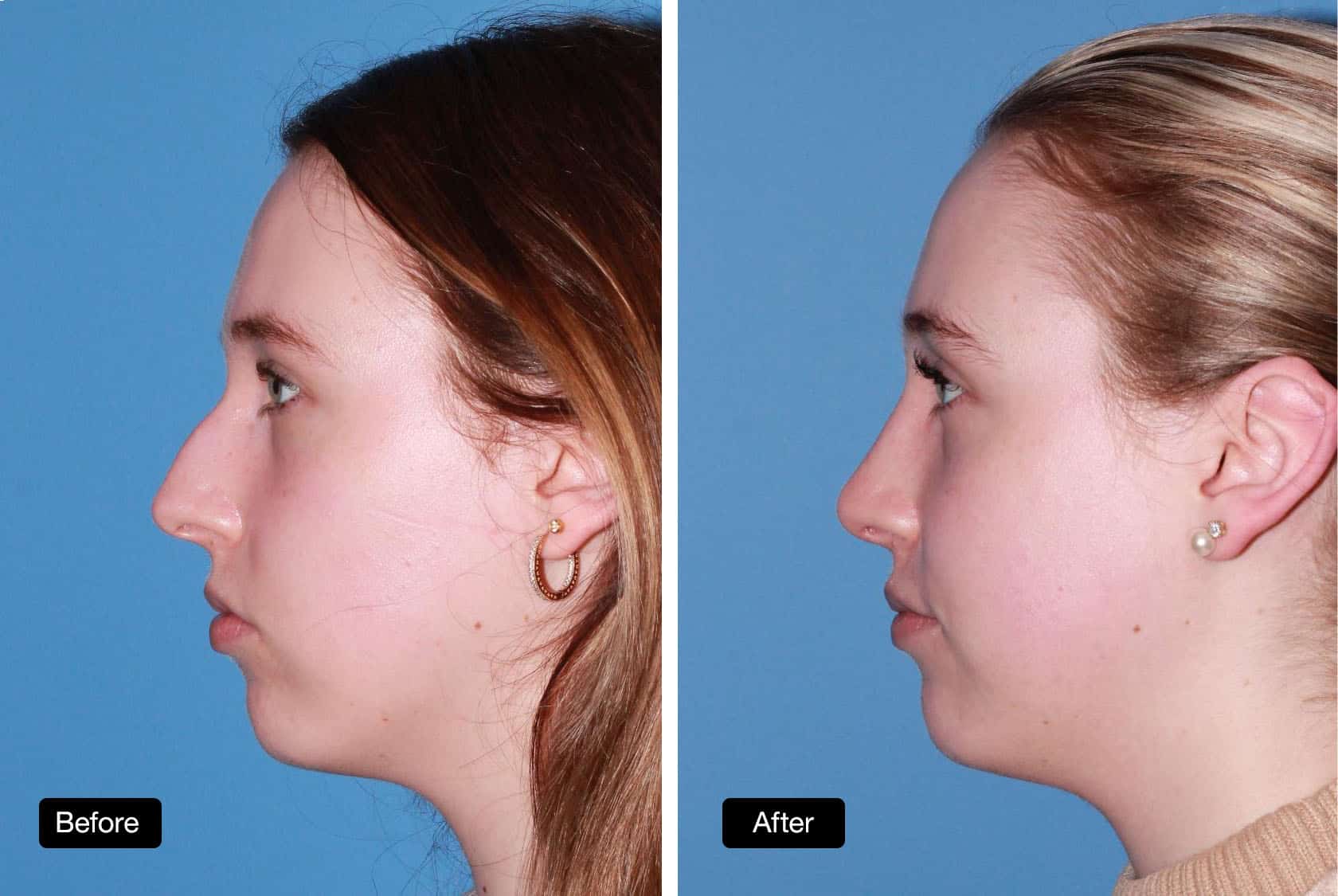
Rhinoplasty - Patient Before and After: 23 year old patient with dorsal reduction and tip refinement (1)
Rhinoplasty - Patient Before and After: 23 year old patient with dorsal reduction and tip refinement (1)
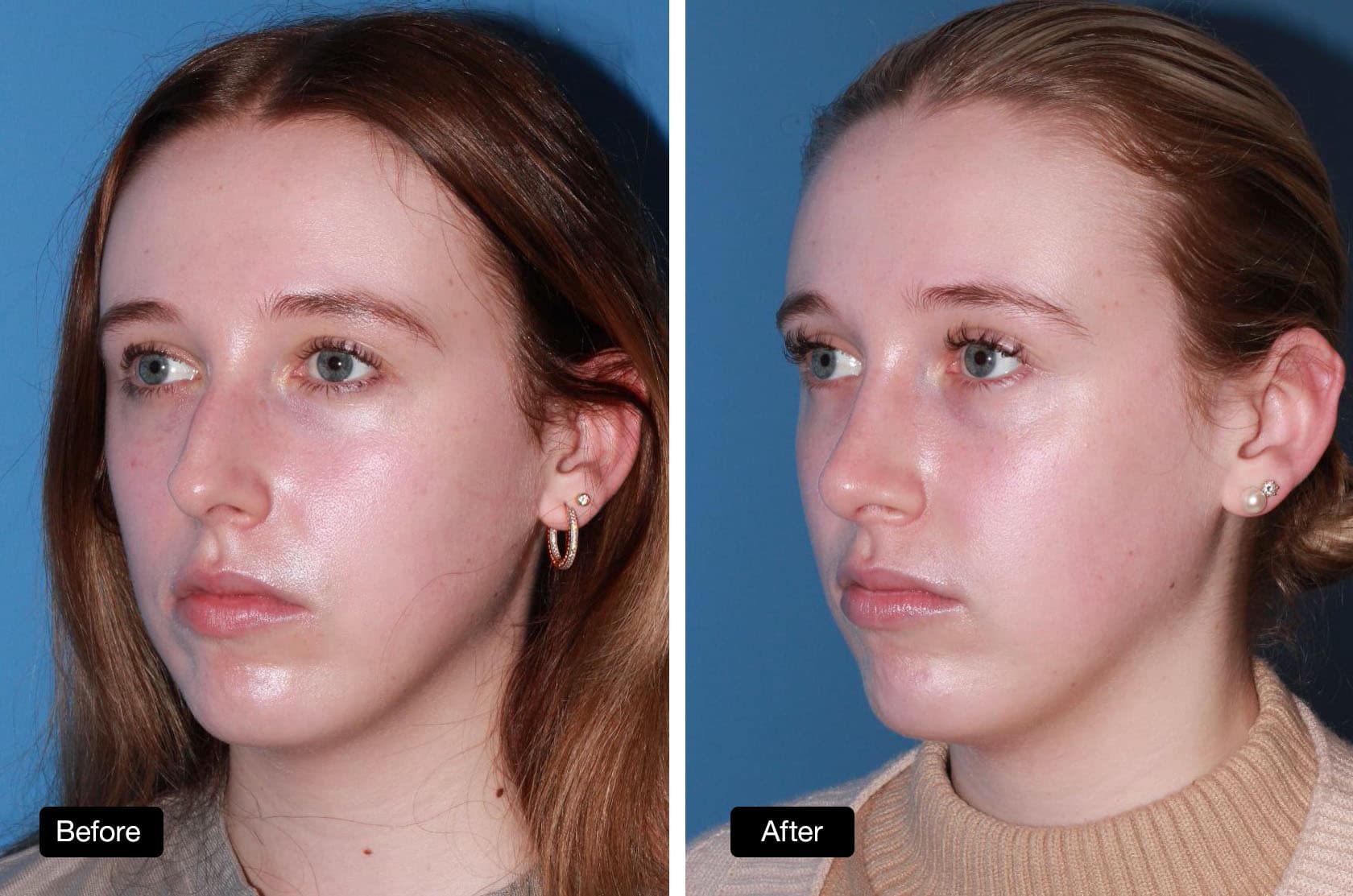
Rhinoplasty - Patient Before and After: 23 year old patient with dorsal reduction and tip refinement (2)
Rhinoplasty - Patient Before and After: 23 year old patient with dorsal reduction and tip refinement (2)
Before & After
Case Example:
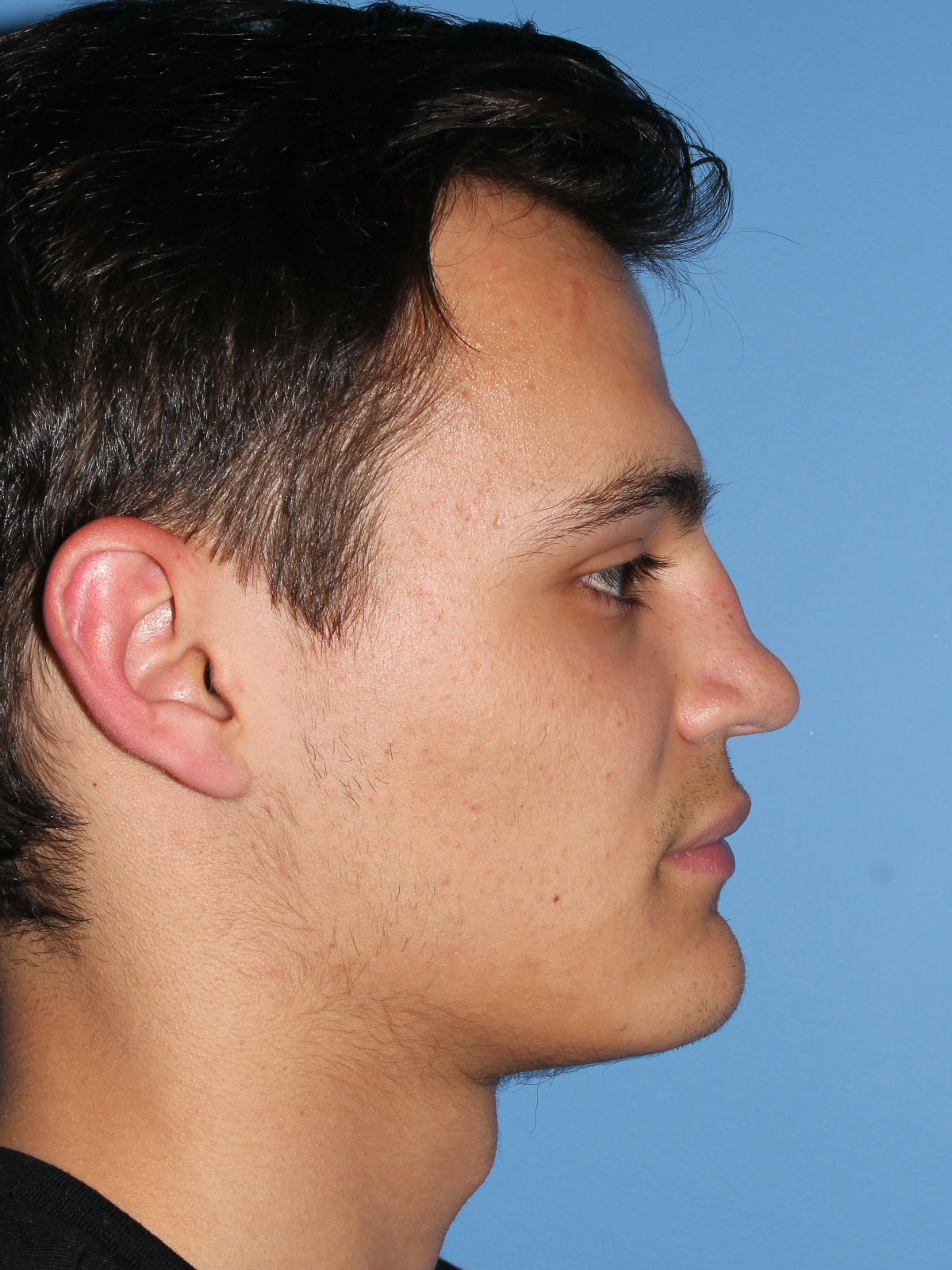
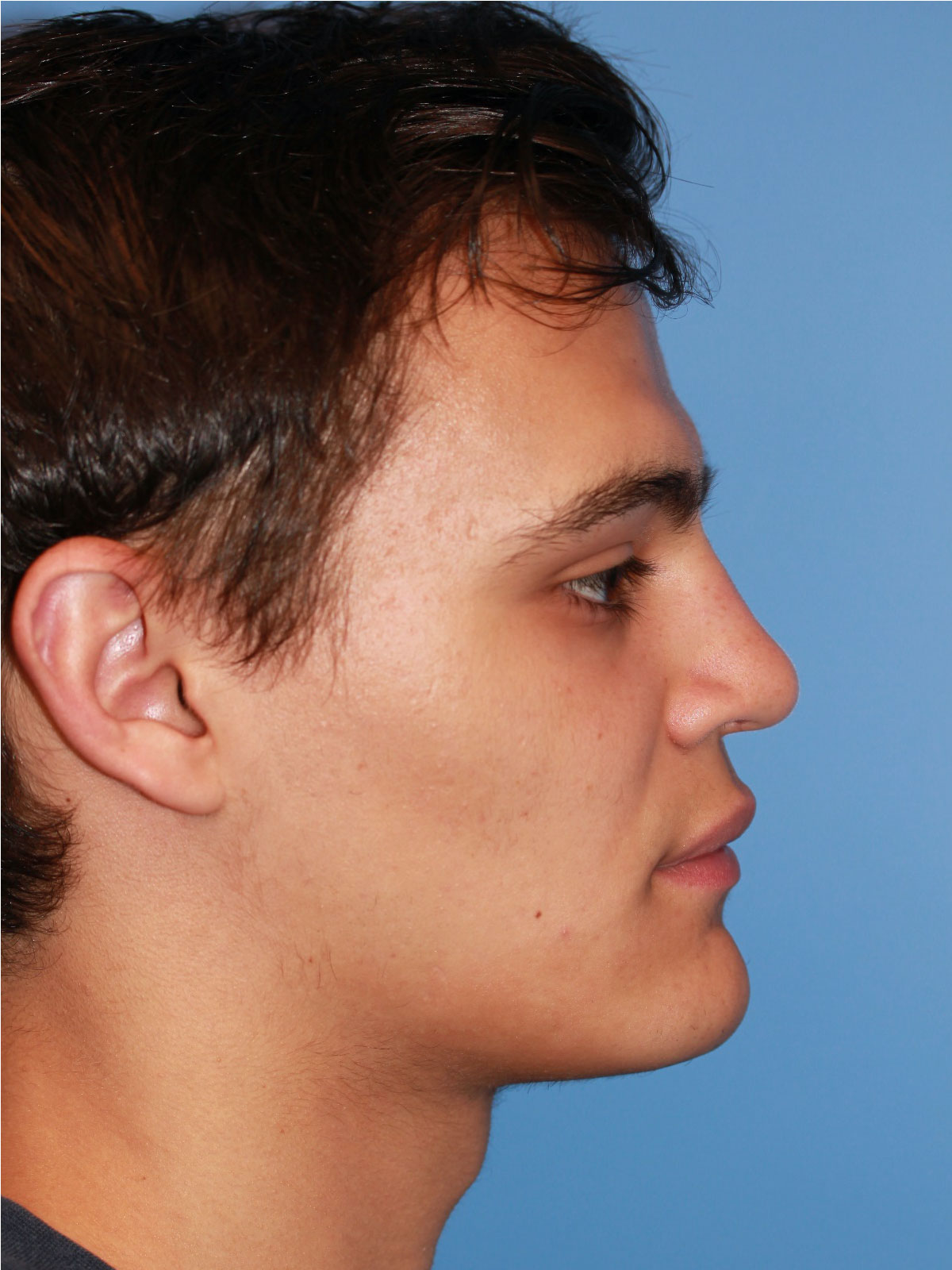
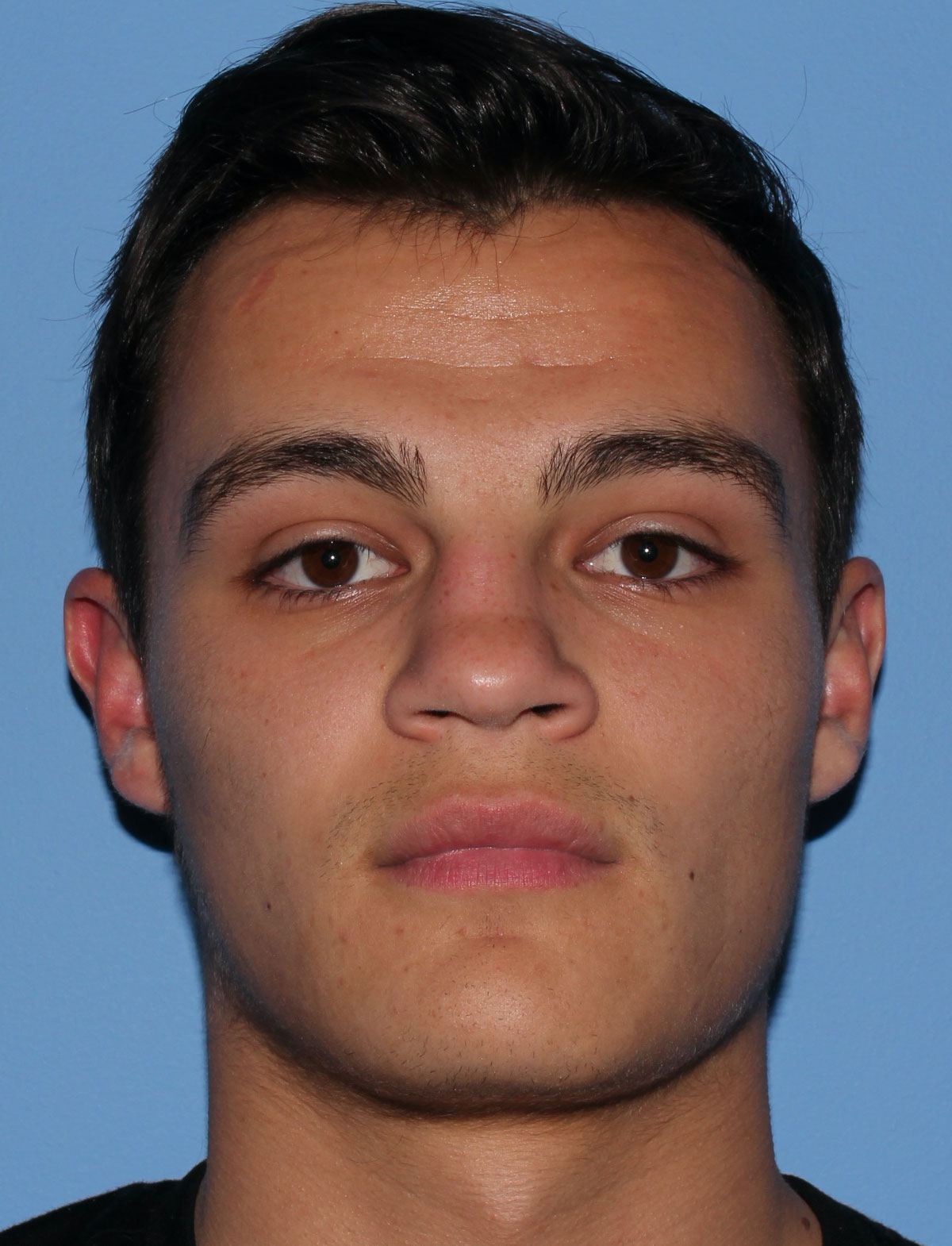
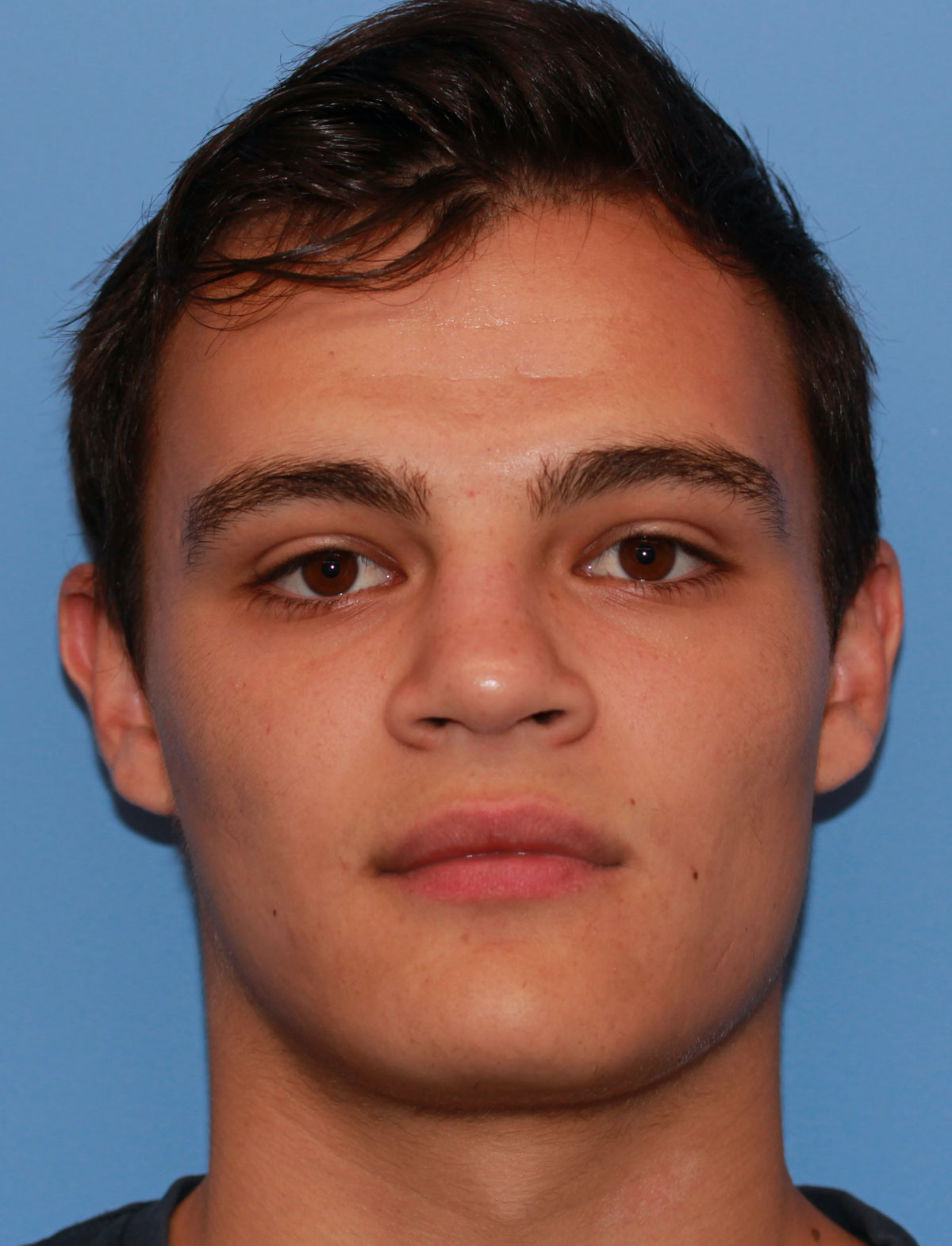
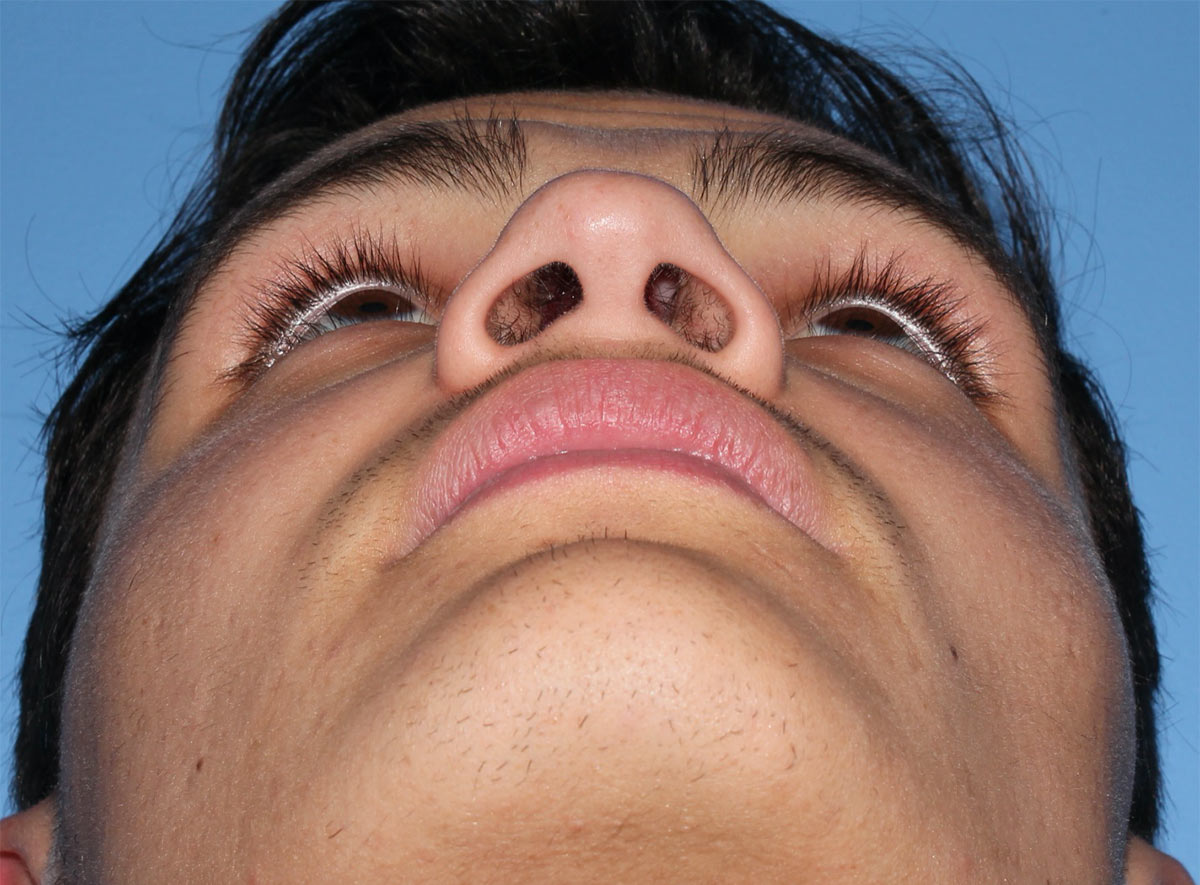
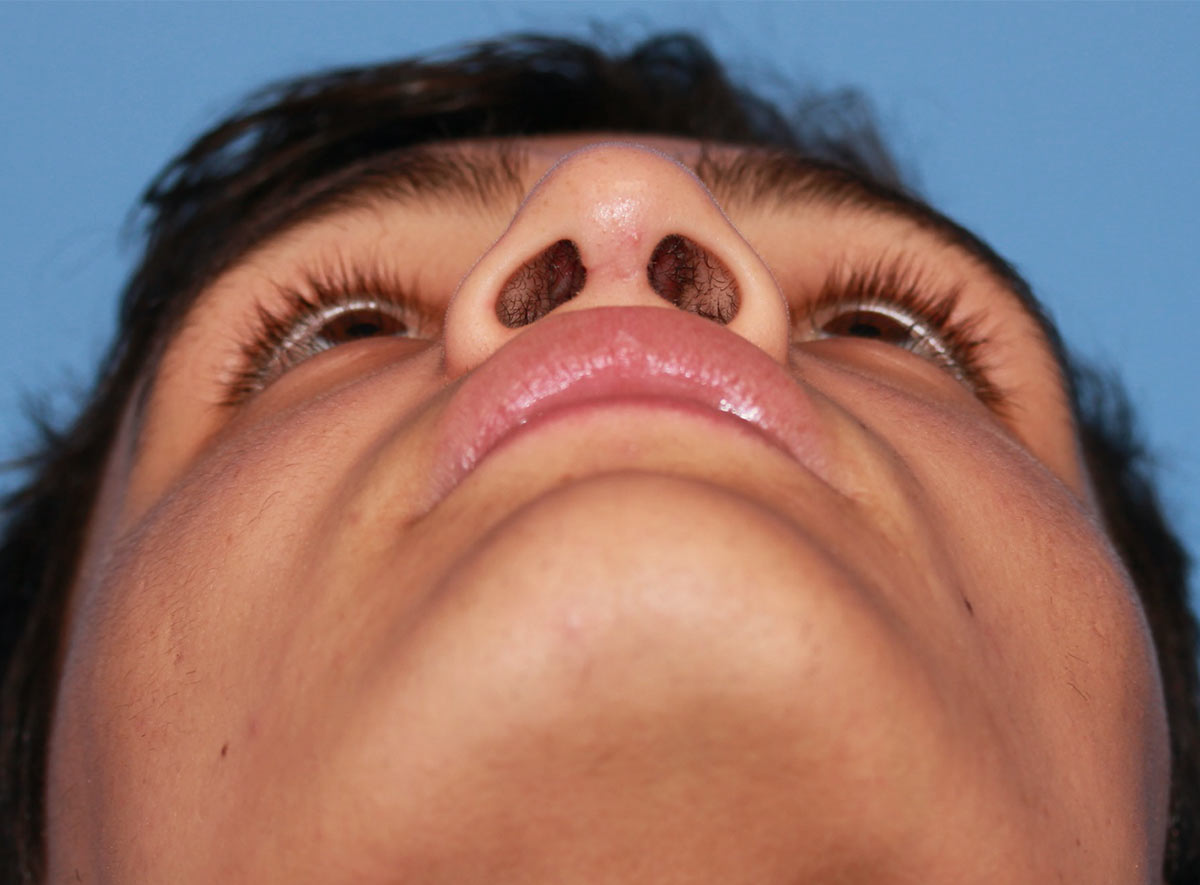
Frequently Asked Questions
rhinoplasty-nose-surgery-icon-2
Is there an ideal age to undergo rhinoplasty surgery?
Although there is no age limit for rhinoplasty, the late-teens, when the nose is near full development, is the earliest recommended age. Most people’s noses stop growing by about the age of 16 or 17. Surgery before this time risks the nose distorting as it grows.
Where is rhinoplasty surgery performed and do I need to stay in hospital?
Rhinoplasty surgery is performed in a private, accredited hospital under general anaesthetic with a qualified anaesthetist. The time required depends on the extent of the surgery required. The usual surgery time is 2-3 hours. Most patients stay one night, but some may prefer to go home the same day.
Where will the scars be after rhinoplasty surgery?
In open rhinoplasty surgery, a small scar is placed on the underside of the nose. This will fade in time to be almost invisible.
How much does a rhinoplasty cost?
The cost of rhinoplasty surgery is determined by the expected complexity and duration of your operation and will be estimated following your first consultation.
In patients with traumatic deformities, or who have breathing difficulty, there may be a Medicare item number. You will be sent a detailed quotation following your consultation outlining surgeon, anaesthetic and hospital costs, as well as any applicable rebates.
Are there any Medicare rebates for rhinoplasty?
A rhinoplasty procedure may attract an item number from Medicare which allows you to claim a rebate.
If you have the appropriate level of health insurance cover, they may pay for your theatre and accommodation fees. Possible Medicare item numbers are 45638 / 41671.
Which activities do I have to avoid after rhinoplasty?
Strenuous activities can prolong swelling so it is recommended to avoid these for at least 3 weeks after surgery. Contact sports should be avoided for 6 weeks as this time is needed for the bones to heal. You will be able to drive once the swelling subsides and doesn’t interfere with your ability to see. Flying is allowed 2 weeks after surgery.
When will I have my follow-up and will it be with Dr Lotz?
You will be seen by Dr Lotz within 7 days of your surgery. Regular appointments are made to remove sutures and to check on your healing following surgery.
How soon after my initial rhinoplasty surgery can I undergo revision rhinoplasty?
After rhinoplasty, it is important to be patient as it is important to remember that it can take many months, and sometimes more than a year, for all swelling to disappear and the final shape to be revealed.
A new surgery should not be performed until you have fully recovered from the original procedure. The amount of time required will differ from patient to patient, and anyone interested in revision rhinoplasty should be evaluated individually.

